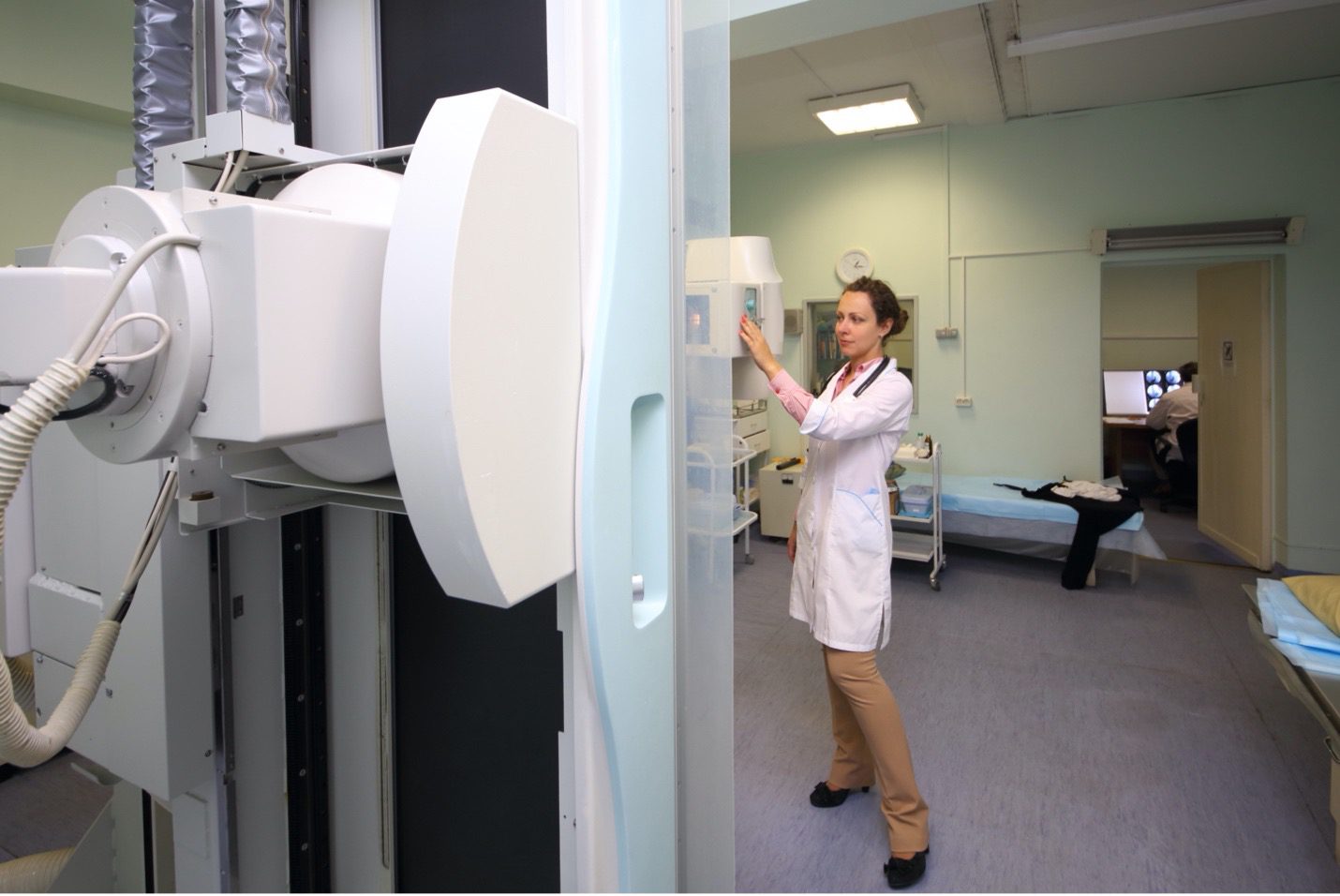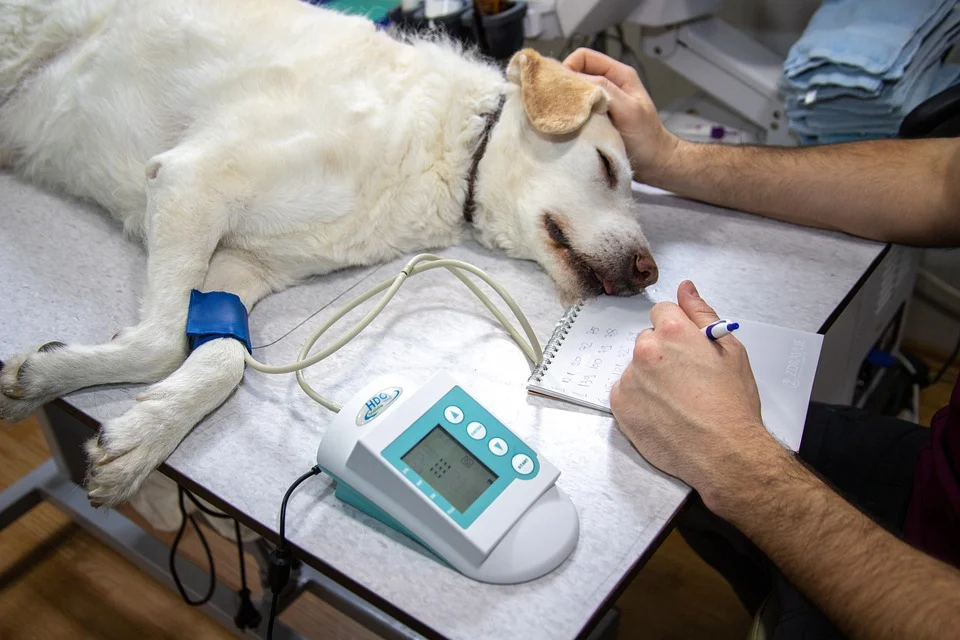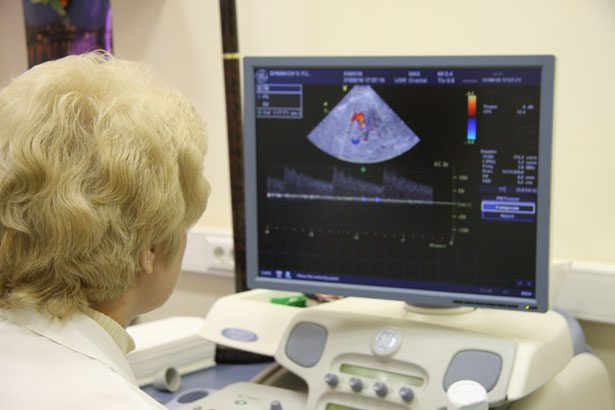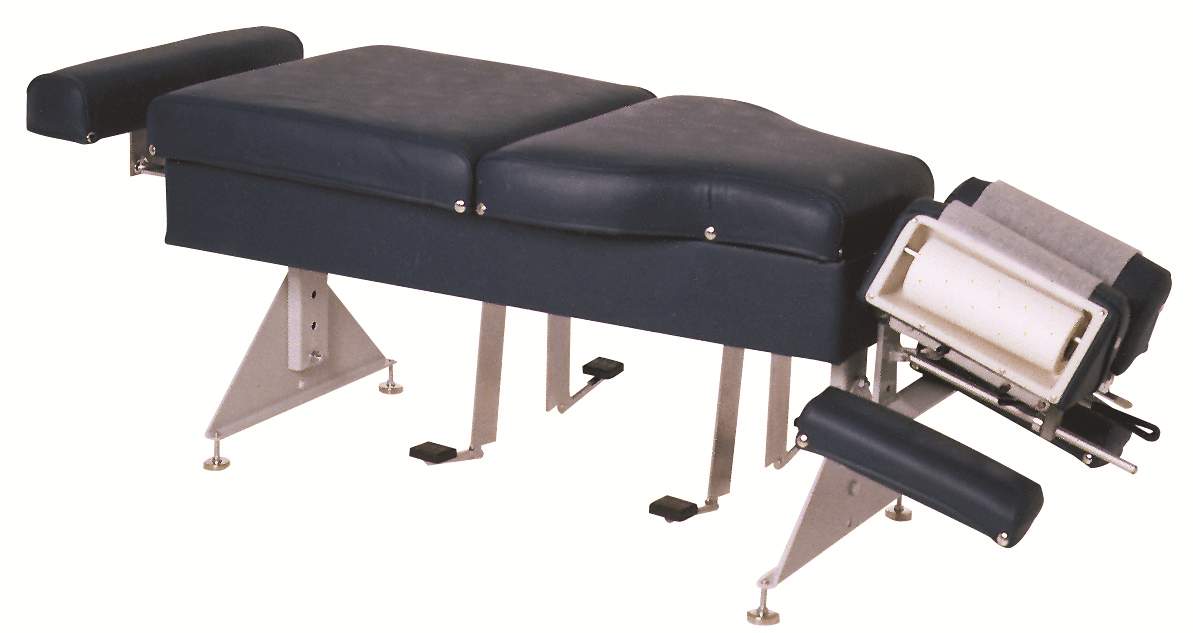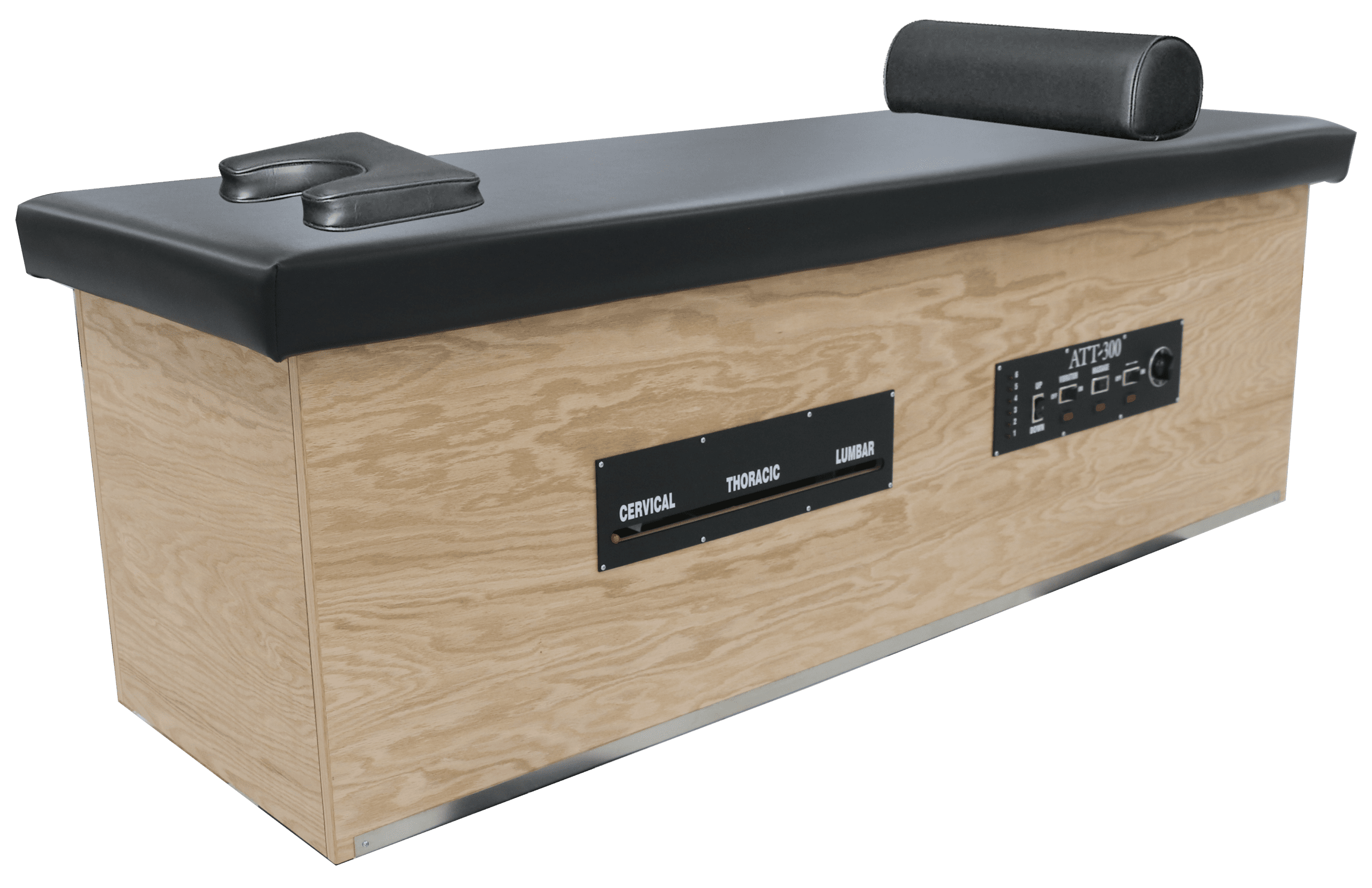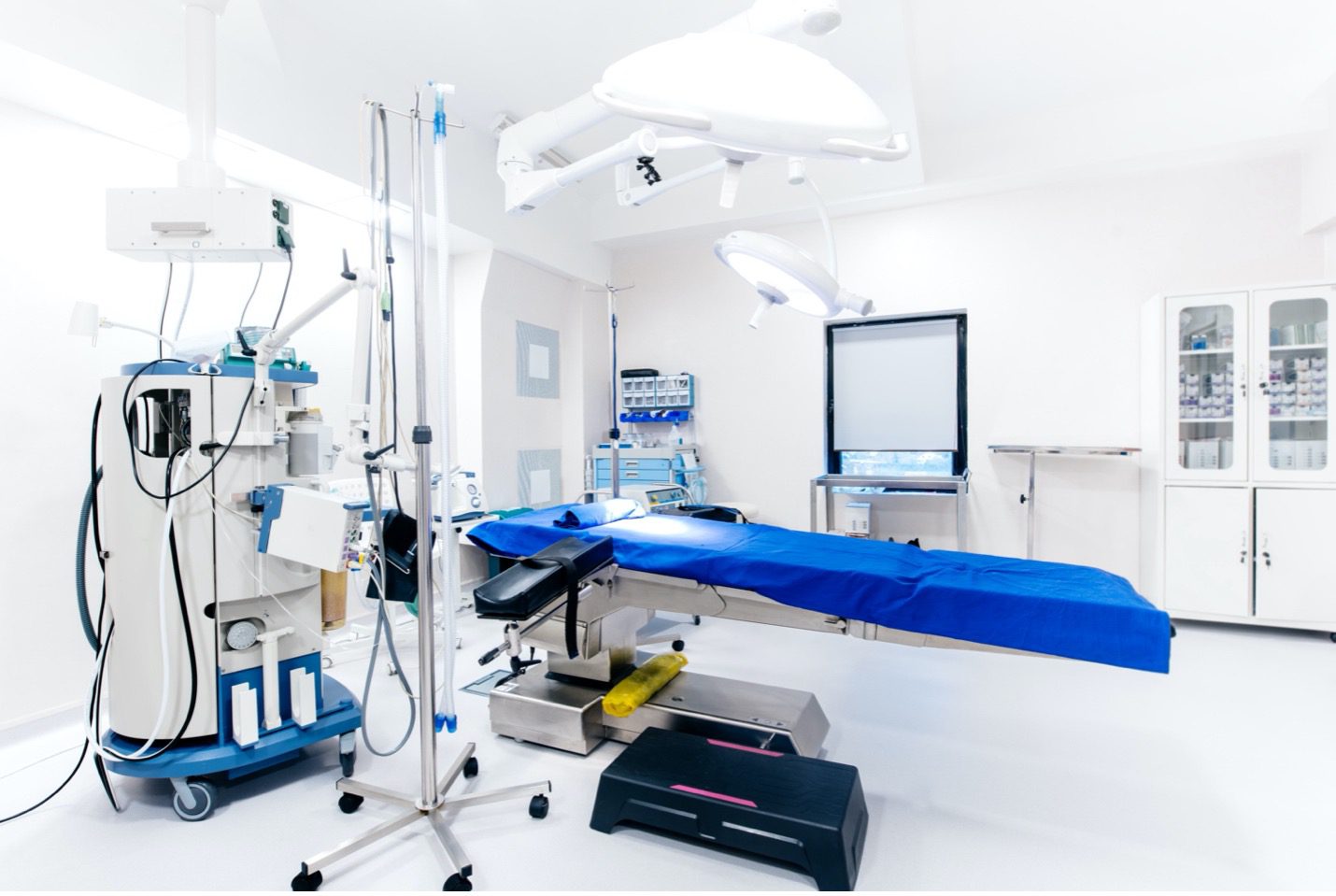
You don’t need an MD or Ph.D. to know that some things simply don’t work the same as they age. That’s true of your patients’ bodies, and it’s equally true of the equipment your practice uses to diagnose and treat them. If you’ve ever been faced with the question of buying new medical equipment or opting for medical equipment repair in Troy, MI, Great Lakes Imaging can help you make an educated decision.
Medical Equipment Maintenance and Repair in the Troy, MI AreaSigns of Malfunctioning Medical Equipment
Malfunctions take many forms. These include, but are by no means limited to:
- Mechanical problems, like a height adjustment that won’t work on a treatment table
- Electrical problems, where a machine doesn’t turn on or off or fails to cycle properly
- Image quality problems, where an X-ray is darker or lighter than it should be, shows clouding or shadows or is otherwise inaccurate
- Leakage of lubricant or hydraulic fluid
- Grinding noises from motorized equipment, common in aging HYLO tables and cathode ray tubes alike
- Arcing that interrupts the imaging process
- Problems with higher-than-normal operating temperatures
- Software glitches that cause operating errors of various kinds
If you have, or even suspect, a problem, call us immediately. We will diagnose the problem, provide you with a written repair estimate and timeframe, and help you decide between repairing medical practice equipment or opting to browse our stock of new and used medical equipment in Troy MI.
Potential Dangers of Malfunctioning Equipment
“Surely it can’t be that bad,” you think to yourself. There are a few things to bear in mind if you’re hesitant about picking up the phone.
- Diagnostic equipment that is broken or miscalibrated results in a higher incidence of retakes, increasing radiation exposure for patients and staff alike
- Some forms of equipment malfunction — especially those that are mechanical — can injure practitioners and patients alike if the equipment remains in service
- Patient injury can lead to a loss of credibility and significant liability exposure; the death of a patient can be catastrophic for all involved, and even if you’re well-insured, could easily lead to the loss of your practice
None of this is inevitable, of course. Ensure that your equipment meets or exceeds all safety standards, that you’ve gotten professional medical equipment installation, that its proper use is known and enforced, and that it’s inspected and maintained regularly. If repairs are needed, take the equipment out of use and call Great Lakes Imaging immediately.
Medical Imaging Equipment Services in the Troy, MI Area
Great Lakes Imaging provides several services to ensure your medical imaging equipment is always ready to give its best.
- On-site equipment repairs that minimize disruption to your practice
- Off-site equipment repairs in our Michigan workshop, for larger or more complex fixes
- X-ray calibrations, since “close enough” isn’t close enough for medical imaging
- Clinical equipment maintenance and repairs for items like chiropractic tables, exam tables, radiation shielding, and other hardware that requires TLC
Working with Great Lakes Imaging
Great Lakes Imaging is more than medical equipment sales in the Upper Midwest. We back what we sell with a full range of support services, including maintenance, repairs, medical equipment installation, and much more. You can buy with confidence, knowing that the help you need is always a click or call away.


